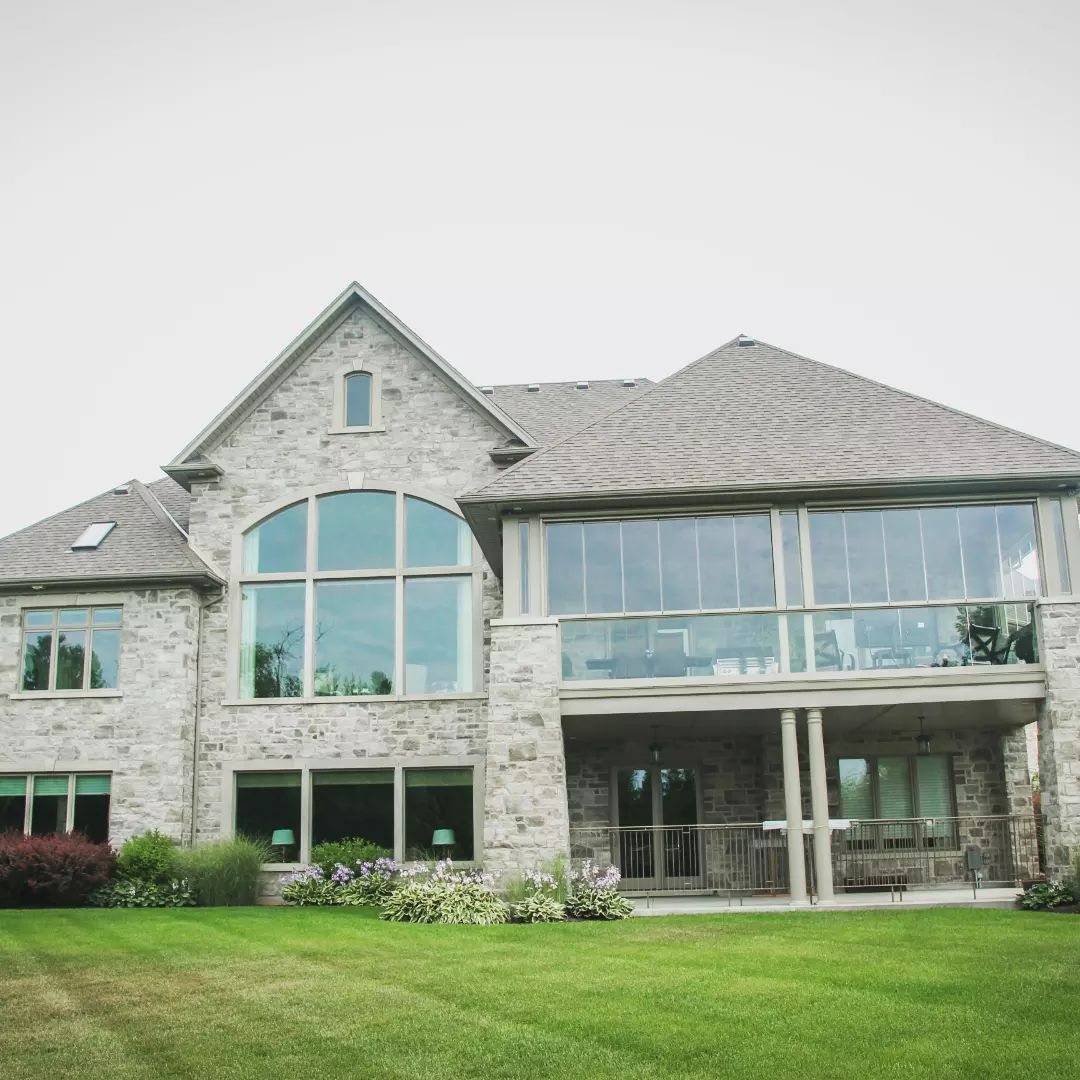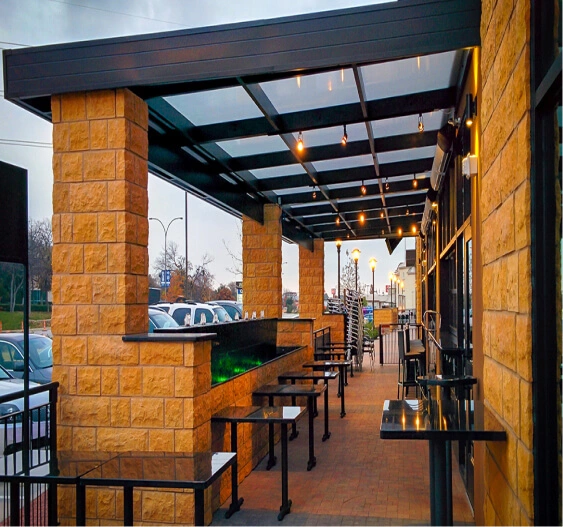PATIO
SOLUTIONS
At VIPatios, we excel in creating patios that perfectly balance Beauty, Functionality, and Value. Explore how our designs can transform your outdoor space.
Build
yourself
We are delighted to offer you all the necessary materials tailored to your specific dimensions. Rest assured, we will remain in constant contact to address any of your requirements or queries.
Why сhoose Us
homework
have a proven track record of producing high-quality products.
not products
needs and come up with solutions that are right for you.
here for you
your purchase on Vancouver Island, even long after the installation
process. We are local, which meant we are an island family.
until you are 100% satisfied
onsite assessment and let us help turn your backyard into
a vacation paradise.
Industry leading brands


FAQ
Rolltec® Rolling Systems produces most of the awnings components in-house from non-rusted materials. We only use stainless steel or extruded aluminum in the manufacturing of our high-quality awnings. Furthermore, to assure we retain the highest quality standards, we use computerized sewing operations, which provides flawless stitching and seams on the awnings’ fabric covers.
Our on-staff engineering team is continuously designing and perfecting all aspects of awning technology.
Yes indeed. A study conducted by the American Society of Heating and Air Conditioning has proven that an awning over a window can reduce the indoor temperature by as much as 12°C and heat gain by 55-65% for southern exposure and as much as 72-77%
for western exposure. This results in significant savings on energy consumption and therefore energy costs.
Approximately 95% to 98% of UV rays are blocked. Even the lightest fabric allows for adequate time you can pend without protection under the awning avoiding potential skin damage. For example, a person with light skin rIsks a sunburn in case of unprotected exposure after 3 tol0 minutes. The same person can stay under the awning with the lightest fabric for 150 to 300 minutes and
as fabric gets darker you will be able to spend more time.
Yes, provided that the awning has a minimum 15° slope or greater. Anything less will lead to water pooling on top of the fabric, causing the fabric to stretch.
No. A few snowflakes will not harm the awning, but heavy snow will accumulate on top of the fabric. weighing down on the fabric and the frame.
Yes, you should retract an awning during strong winds. As a general rule of thumb. you should retract the awning when the wind is so strong that you do not feel comfortable being outside. Typically retractable awnings сan withstand wind up to 30-35 km/hour. This does not account for wind gusts. Generally, retractable awnings have to be rolled up every night and should not be left open unattended.
Yes. The method by which you do it depends on the model. The Adalia X3M Plus™ model allows vou to adjust the slope using a hand crank. Other models will require
a few simple tools for the adjustment.
No, but it is water-repellent. That means that the fabric will not let water soak through freely and the rain will run off. Once the rain has stopped, we recommend letting the awning dry out before retracting it. It is. however. safe to roll up a wet awning for one or two nights, if bad weather persists. Please refer to previous question for slope requirements in order to use the awning for rain protection.
You can consider adding a spring assist to a manually operated awning to make it easier to operate. Another option is having an awning equipped with a remote controlled motor. In this case you will have a hand held remote which enables you to extend, retract or stop the awning at any intermediate position. There are a variety of other electronic devices available (such as weather sensors, etc…) with motorized awnings.
The material can be washed off easily. This can be done by gently brushing off any loose dirt, debris etc., then hosing off the fabric with clear water (do not use a power washer as this may damage the fabric), you may use a solution of mild natural soap (ie. Ivory Snow® or Woolite® and water, combined with a soft bristled brush or cloth to clean off any dirt. The water should be cold to lukewarm, (never more than 100°F or 35°C), rinse thoroughly to remove all soap then leave awning extended to allow sufficient time for air drying. Performing this minor maintenance regularly (2 to 3 times a season) ensures a beautiful appearance and long lasting life of your fabric top. For stubborn stains, you may add a small amount of bleach or Dawn® dish soap to the cleaning solution. Always, rinse well to remove all cleaning agents and allow sufficient time for air drying.
On average the fabric top is made from solution dyed acrylic which lasts between ten to fifteen vears-roviding that basic cleaning is performed regularly. It also depends on how often you use your awning and the amount of pollution in your area. If necessary,
you can easily replace the fabric top and still use the original hardware. The approximate cost for the fabric replacement vs replacing the entire awning is 40 to 50%.
The only limit is in the dimensions of your building. By fitting more than two arms, we can make awnings in practically any width. Typically awnings under 20′ are more stable in windy conditions, easier to operate and will have longer life span. For wider areas
you can consider installing multiple awnings side by side.
All of our awnings are manufactured to our client’s specification. Custom widths are available in one inch increments.
Lateral arms which determine projection of the awning come in 6 standard sizes.
One of the greatest benefits of dealing with a local Canadian manufacturer is easy access to replacement parts.
Depending on the part and the damage sustained, most parts can be replaced. With severe damage or with extremely old models,
it might make more sense to buy a new awning.
Absolutely. Anyone with basic DO IT YOURSELF skills and proper tools, accompanied with our detailed ep by step installation manual should be able to install the awning.
Yes, absolutely. We supply several models of window and door awnings. Please refer to our products page on the website.





